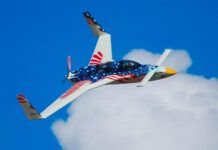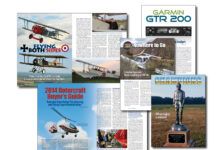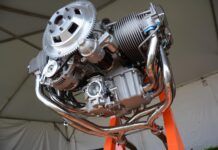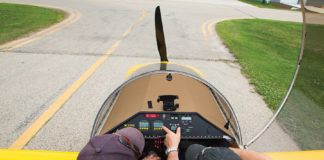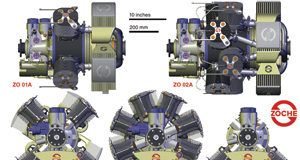
Our end-of-year issue for 1993 was then, as it is now, the annual “homebuilt directory,” which in this edition packed 487 aircraft into a “biggest issue ever” with a radical-sounding attribute: all-color photos. Woo hoo. Nevertheless, our preview of 1994 homebuilts took up more than 54 pages, a substantial portion of our upsized, 116-page magazine that month.
Proof that some things never change, we noted several new companies that year (24 to make up some 204 entities selling kits for 487 designs). At times we have dedicated a special directory to plans-built-only designs; this year we kept them together and noted in the Cost column the cost of plans or kits. We were, apparently, a little less than aggressive getting answers from companies then; the listing for BD-Micro for the BD-5 under the heading of kit cost simply says “yes.” Ok, then. (Perspective time: A Van’s RV-6 kit cost $10,420, while the Glasair III cost $37,000 and a Lancair IV cost $45,900.)
Elsewhere in the issue, Dave Martin gave us a nice roundup article under the title, “Considering Gliders.” He noted that a key reason there weren’t more glider kits sold is that the glider community as a whole was small; only about 40,000 pilots at the time held a glider rating. Dave sampled the GAPA training glider and the American Spirit, and liked the GAPA for its low sink rate at low airspeed, “an advantage because the resulting small turn diameter means the glider can work close to the core of a thermal, where the best lift is found.”

Innovation was starting to show itself in electronics and instruments. Rocky Mountain Instrument advertised its all-in-one engine monitor, a radio-rack-width unit with a monochrome LCD and a host of pushbuttons. What it lacked in visual pizzaz—by today’s standards, anyway—it made up for with functionality. Trimble was there, too, showing off its new handheld GPS, which looked a bit like a prop from Star Trek and had no moving map, but it did have an internal database and the ability to communicate with a PC-based mapping program for flight planning. We were just starting to get excited about the accuracy and reliability of GPS in those days, after years trying to make LORAN work, which, to be fair, it did much (but not all) of the time.
In this issue, author Thoral Gilland gave us a four-page breakdown on building an RST 447 intercom from a kit. RST was (and is) our very own Jim Weir, who constantly was (and is) on the hunt for more cost-effective avionics and electronics projects. Thoral admitted that he was unable to test the 447 in flight due to a delay getting his friend’s RV-6 launched in time for our insidious deadlines (another thing that never changes), but said, “I have no reservations about reporting outstanding performance, based on results of our ground testing. [The 447’s] size, weight, assembly and functional simplicity, service life potential and looks are conducive to happy homebuilding.”
In our Letters column, reader Bob Cunningham said: “I am renewing my subscription in spite of the feeling that KITPLANES® is not as good as it used to be. I enjoyed the construction articles and have missed them. I believe your current policy of waiting to see if the aircraft fly before committing to the series is partially responsible for the current boring trend in your magazine. Also, maybe you should offer Dick Starks more money to write more stuff. He helps offset the rational people on your staff.” In fact, we have more Starks, but even today the challenge of which projects to follow is definitely colored by our feelings about who will finish and who will not. We have been burned in the past when subject projects end up short of the goal.





